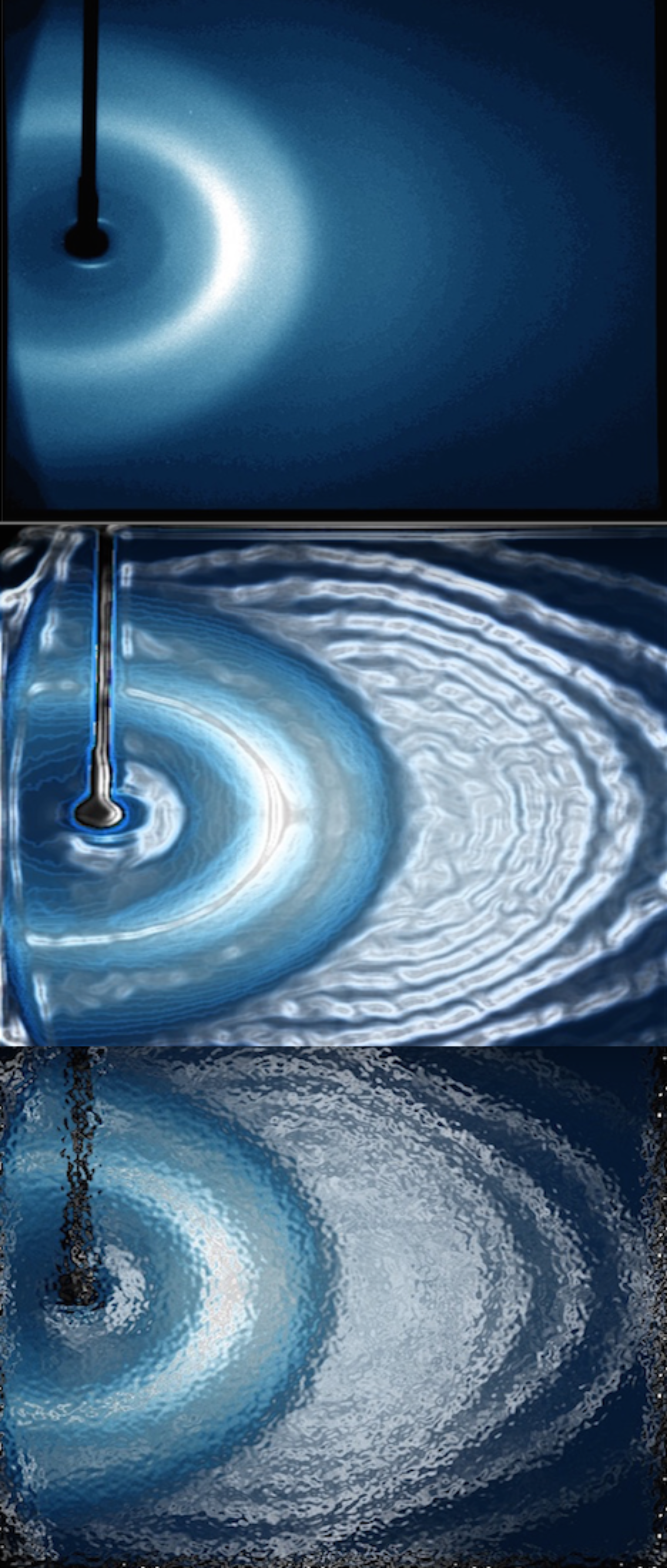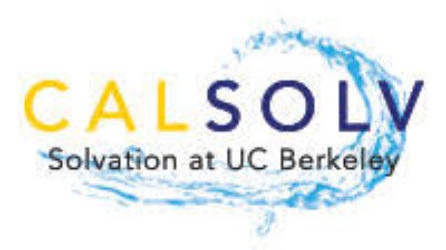Invited Lectures
- R.J. Saykally. QAMTS 2017. Madison, Wisconsin. May 22-24, 2017. “Hydrogen Bond Network Rearrangement Dynamics in Water Clusters: Implications for the liquid”
Ion Solvation/Hydration
Sequesterization of CO2 in Brine Aquifers
One proposal for mitigating CO2 emissions from power plants is to sequester the exhaust in brine aquifers. A major impediment to this plan is the extremely slow rate of dissolution of gaseous CO2 in salt water. This project is designed to characterize the details of the capture/dissolution process with the goal of designing brine solutions which accelerate the rate of dissolution and production of carbonic acid, and ultimately, the precipitation of insoluble carbonates.
The detailed solvation structure of carbonic acid produced in liquid microjet mixing systems will be characterized as a function of ionic composition by X-ray absorption spectroscopy, and interpreted by ab initio calculations. Individual steps in the nucleation of insoluble carbonates will be studied by X-ray spectroscopy, electrospray mass spectroscopy, and photoelectron spectroscopy of liquid microjets. Molecular dynamics modeling of these processes will guide and assist in the interpretation the experiments.
Electrokinetic Energy Conversion in Liquid Water Microjets
The Saykally group has demonstrated both electrical power generation and gaseous hydrogen generation in fast flowing liquid water microjets. Both theory and experiments designed to characterize the detailed nature of the metal/water interface under fast-flowing conditions need to be performed for this system in order to design the most efficient system for effecting these electrokinetic power and hydrogen conversion processes. The solvation properties of the ions in water dictate the macroscopic aspects(current, voltage, efficiency) of these energy conversion processes, and will be addressed in calculations by the Head Gordon and Marx groups and photoelectron spectroscopy and mass spectroscopy studies from the Neumark and Williams groups will provide tests of these calculations.
Improved Batteries for Large-Scale Storage of Solar-Produced Electricity
In order for solar photovoltaic power generation to actually replace carbon-driven power plants, we must develop the means of storing the electrical energy on a massive scale. Current batteries are inadequate for this task. Lithium ion batteries, which currently dominate the electrical storage market for portable electronics, are strong candidates for this application, but significant improvements in power capability and lifetimes are required. It is believed that desolvation of the Li+ ions as they diffuse through the graphite-based anodes comprises the limitation of available current. A thorough study of the solvation/desolvation of Li+ ions in the carbonate solvent mixtures is required to address this limitation.
Desalination of Seawater for Urban and Agricultural Use
Given that 2/3 of the earth’s surface is covered by saltwater, the prospect of satisfying the burgeoning demand for fresh water through desalination is obviously very attractive. However, current technology requires large energy inputs to drive the reverse osmosis processes in available desalination membranes. Improved understanding of the interfacial properties of suitable membrane materials and brine, as well as of the desolvation dynamics of aqueous ions is required for progress to be made. A central aspect of this effort will be to understand the details of solvation dynamics of ions in confined spaces, led by the Teresa Head-Gordon group. Terahertz spectroscopy, done in the Havenith group, will be used to characterize the dynamics of solvated ions in the confined environments.

